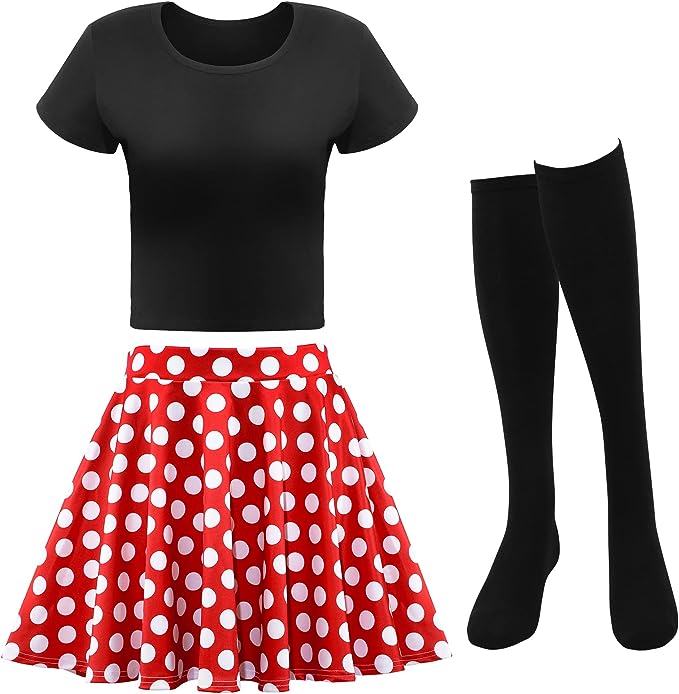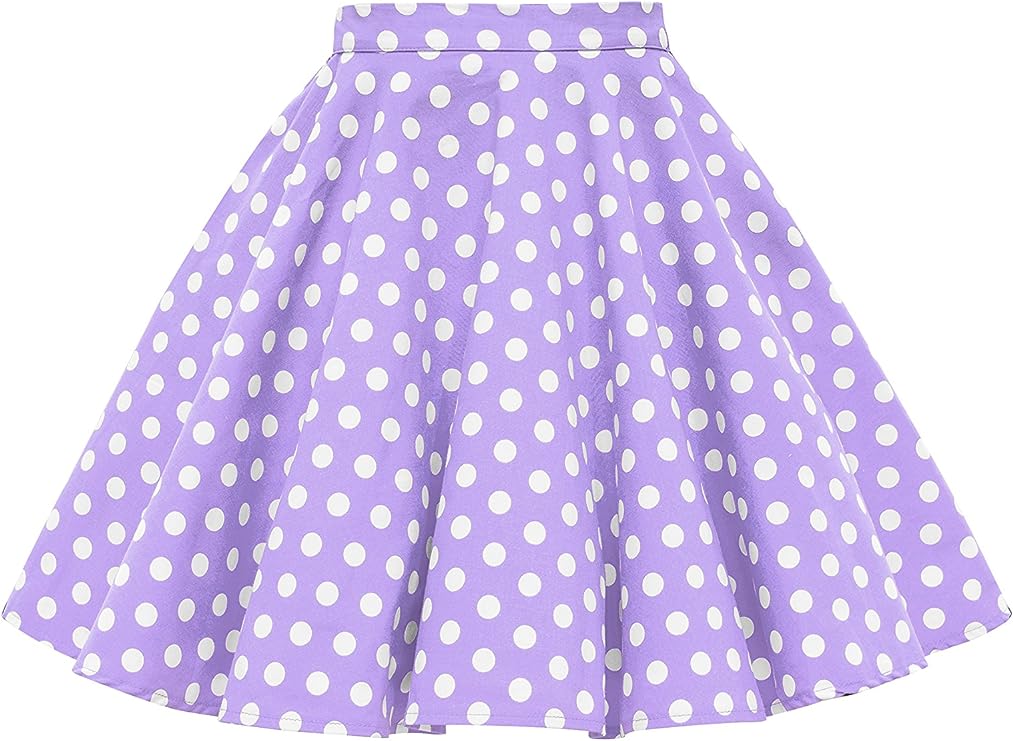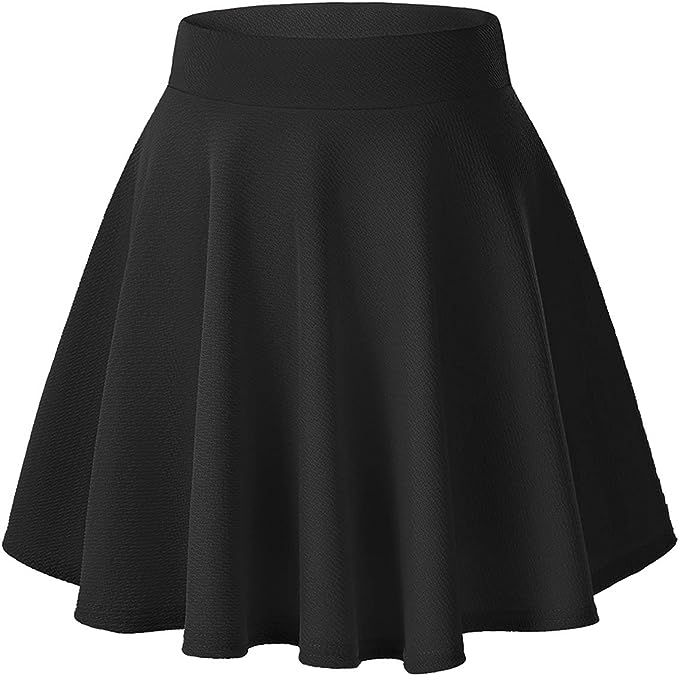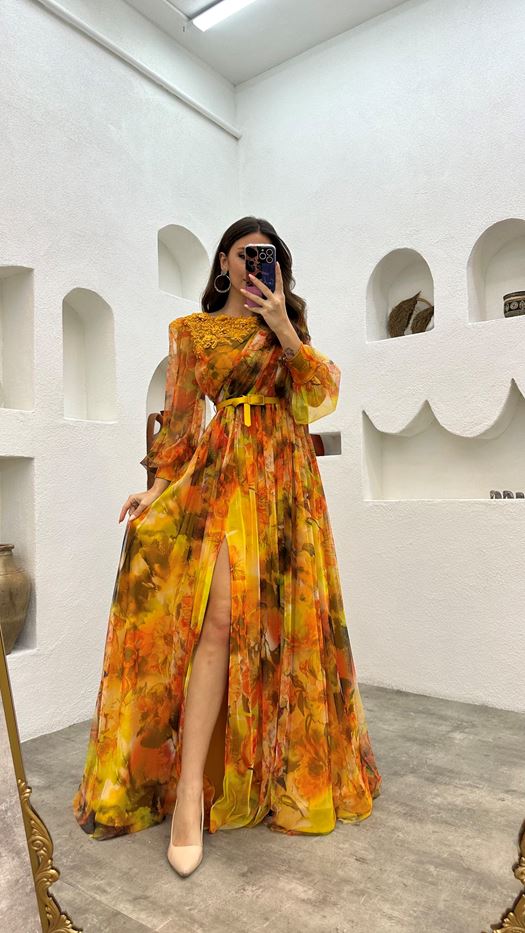Women wear skirts for various reasons, including cultural traditions, fashion expression, comfort, versatility, formal occasions, and personal identity. Skirts offer a range of styles, allow self-expression, and can be practical in hot weather.
Moreover, they can also adhere to cultural or religious requirements and challenge gender norms. Ultimately, wearing skirts is a personal choice influenced by individual preferences and societal factors.
What Are The Historical Perspective on Skirt Wearing?
Tracing back through time, the historical perspective on skirt wearing unveils a tapestry of cultural shifts, gender dynamics, and sartorial evolution
Evolution of Skirts in Ancient Civilizations
Skirts have a rich history dating back to ancient civilizations like Egypt, Rome, and Greece. In these cultures, skirts were often worn by both men and women. In ancient Egypt, men and women of various social classes wore skirts made from lightweight linen due to the hot climate.
Moreover, these skirts were typically wrapped around the waist and tied with a belt. In Rome, both genders wore variations of the tunic, a type of skirt-like garment that was an essential part of Roman attire.
Similarly, in ancient Greece, draped clothing styles, including the chiton and peplos, were essentially skirt-like garments worn by both men and women.
Middle Ages and the Emergence of Varied Skirt Styles
The Middle Ages witnessed the evolution of skirt styles influenced by societal norms and class distinctions.
During this time, clothing was a reflection of social status and gender roles. The length, material, and ornamentation of skirts varied greatly based on one’s place in society.
Women of higher social classes wore elaborate and flowing skirts made from luxurious fabrics, often adorned with intricate embroidery and decorative elements.
In contrast, lower-class women wore simpler and more practical skirt styles for their daily tasks.
How do sociocultural influences affect skirt wearing?

From runway to reality, the sway of sociocultural influences over skirt wearing becomes evident as an intricate web of traditions.
Traditional Gender Roles and Expectations
Historical gender norms played a significant role in shaping the way skirts were worn. Skirts were often associated with femininity and considered appropriate attire for women.
On the other hand, men’s clothing styles evolved towards more structured and utilitarian designs like trousers and tunics. Moreover, these gender norms were deeply rooted in societal perceptions of masculinity and femininity.
Expression of Femininity and Empowerment
Skirts have evolved to symbolize both convention and liberation. On one hand, skirts have been used to emphasize traditional femininity, with flowing lines and fabrics that accentuate curves.
On the other hand, skirts have been a tool of empowerment and self-expression. In the mid-20th century, women started wearing shorter skirts as an assertion of independence and a challenge to traditional norms.
Moreover, this duality in symbolism persists in modern fashion, with skirts being worn to embrace both femininity and personal agency.
Media and pop culture have played a pivotal role in shaping these perceptions. Iconic figures like Marilyn Monroe and Audrey Hepburn contributed to the idea of skirts as symbols of elegance and allure.
At the same time, punk and feminist movements embraced skirts as a way to challenge traditional notions of gender and beauty. The media continues to depict skirt-wearing in diverse ways, reinforcing the multifaceted nature of this garment’s meaning.
What Are Fashion and Personal Expression?
Fashion, in its essence, is a canvas through which individuals articulate their personal expression, a dynamic fusion of style, emotions, and creativity
Skirts as a Form of Self-Expression
Variety of Skirt Designs, Patterns, and Lengths
Skirts offer an extensive range of designs, patterns, and lengths that allow individuals to express their unique personalities and styles.
Mini skirts may communicate a youthful and bold vibe, while maxi skirts exude elegance and comfort. A-line, pencil, flared, and wrap skirts each convey different aesthetics, catering to diverse fashion sensibilities.
In addition, patterns such as floral, stripes, polka dots, and geometric prints add another layer of personal expression, reflecting individual tastes and moods.
Connection between Personal Style and Skirt Choices
Skirt choices often align with an individual’s overall style identity. Those leaning towards bohemian aesthetics might opt for flowy and layered skirts, while those embracing minimalism might prefer clean lines and solid colors.
Moreover, the ability to mix and match skirts with various tops, shoes, and accessories further allows for personalized ensembles that communicate a specific fashion narrative.
Cultural and Regional Influences
Different Styles of Skirts in Various Cultures: Skirt designs vary significantly across cultures, reflecting their unique histories, traditions, and values.
The kimono-inspired wrap skirt in Japan, the vibrant and embellished skirts of Indian sarees, and the kilts of Scottish heritage are all examples of how skirts play an integral role in cultural identity.
In addition, these styles carry meanings that extend beyond aesthetics, often tied to rituals, ceremonies, and social status.
How Geography and Climate Impact Skirt Preferences: Geography and climate also influence skirt preferences. In warmer climates, skirts are often favored for their breathability and comfort. In colder regions, skirts can be adapted with leggings or tights.
Additionally, cultures residing in predominantly rural or urban areas may favor different skirt lengths and designs based on practicality and lifestyle demands.
What Are The Practical and Functional Considerations?
Skirts provide a unique level of comfort and freedom of movement. Unlike pants, which can sometimes restrict leg movement, skirts allow for easy and unrestricted strides.
Additionally, this comfort factor is particularly significant in casual settings, outdoor activities, and warmer weather.
Moreover, the decision to wear a skirt can be motivated by the desire for increased mobility and a more relaxed wearing experience.
Occasion and Appropriateness
Formal vs. Casual Settings: Skirts offer a versatile range suitable for both formal and casual occasions. Midi and maxi skirts, paired with elegant tops and accessories, can create sophisticated formal ensembles.
Conversely, shorter skirts with casual tops are ideal for relaxed outings. The choice of fabric, design, and length plays a pivotal role in determining the appropriateness of a skirt for a given event.
Workplace Attire and Societal Norms: In professional settings, skirt choices often align with workplace dress codes and societal norms.
Moreover, some industries may encourage more formal skirt styles, while others allow for creative interpretations. Societal norms regarding skirt lengths and styles can impact perceptions of professionalism and adherence to cultural standards.
What Are The Psychological and Emotional Aspects?

Beneath the surface of attire, lie the psychological and emotional facets of fashion, acting as a mirror that reflects self-perception, confidence, and the intricate
Confidence and Body Image
Impact of Skirts on Self-Perception: Skirts can have a profound impact on an individual’s self-perception and confidence.
Additionally, the choice to wear a skirt might be driven by the desire to highlight certain physical attributes or to embrace one’s body shape.
Moreover, different skirt styles can create illusions of height, accentuate curves, or provide a sense of comfort by allowing the body to move freely. When individuals feel that they look good in a particular skirt, it can positively influence their self-esteem and how they carry themselves.
Association with Nostalgia and Memory
Cultural and Personal Significance : Skirts often evoke nostalgic feelings and memories. For some, wearing a skirt similar to what a family member or cultural icon wore can invoke a sense of connection with the past.
Moreover, traditional and ceremonial skirts, such as those worn during special occasions, carry cultural and familial significance. Additionally, personal milestones and experiences associated with wearing skirts can create lasting emotional attachments to this type of clothing.
What About Modern Trends and Future Outlook?
Stepping into the present and beyond, exploring modern trends offers a glimpse into the ever-evolving landscape of fashion.
Contemporary Skirt-Wearing Habits
Influence of Fast Fashion and Changing Trends: The fast-paced nature of fashion trends, driven by fast fashion retailers and social media, has a significant influence on modern skirt-wearing habits. Skirt styles can quickly cycle in and out of popularity, affecting how individuals choose and perceive skirts. This trend-centric approach often leads to experimentation with new designs and patterns, as well as a willingness to adapt to evolving fashion norms.
Blurring Gender Boundaries in Fashion
Rise of Gender-Neutral and Unisex Fashion: Modern fashion is witnessing a shift towards more gender-neutral and unisex clothing choices, including skirts. Many designers and brands are challenging traditional gender boundaries by creating skirts that can be worn by anyone, regardless of gender.
In addition, this blurring of lines allows individuals to express themselves authentically without being confined by societal expectations.
Moreover, the rise of gender-neutral and unisex fashion reflects a broader societal movement towards inclusivity and acceptance.
FAQ’s
Why did women wear skirts instead of pants?
Skirts were historically influenced by gender norms, climate, and practicality. They symbolized femininity and were suited to various tasks in different cultures.
Why do women traditionally wear dresses and skirts?
Traditional gender roles shaped clothing choices, associating skirts and dresses with femininity. These garments also provided mobility and comfort in various historical contexts.
When did skirts become feminine?
The concept of skirts being feminine emerged from historical gender norms, where certain clothing styles were associated with specific genders. This evolved over centuries and is still influenced by culture.
Why do school girls wear skirts?
School uniforms, including skirts, often carry tradition and institutional norms. They symbolize a sense of identity, discipline, and conformity within educational environments.
Can a boy wear a skirt to school?
Yes, in modern times, some schools are becoming more accepting of diverse gender expressions, allowing boys to wear skirts if they choose. This reflects evolving attitudes towards inclusivity and self-expression.
Final thought
In conclusion, the choice of women to wear skirts is a multi-faceted and nuanced phenomenon that is influenced by a variety of factors spanning historical, sociocultural, personal, and contemporary realms.
Additionally, throughout history, skirts have evolved from ancient civilizations to the Middle Ages, reflecting societal norms, class distinctions, and gender roles.
Today, they remain a symbol of both tradition and liberation, embodying femininity and empowerment simultaneously.
Skirts serve as a powerful form of self-expression, allowing individuals to communicate their unique styles, personalities, and cultural backgrounds through an array of designs, patterns, and lengths. Moreover, cultural and regional influences further enrich the landscape of skirt-wearing, showcasing how geography, climate, and heritage shape fashion preferences.












